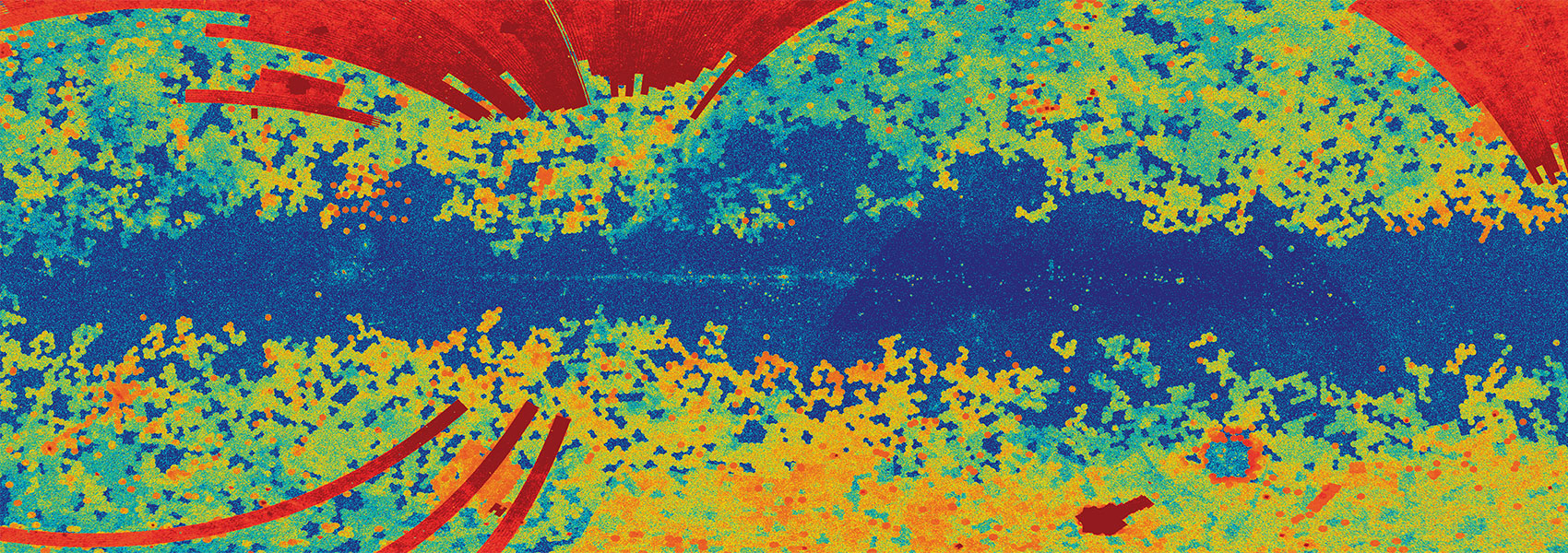August
2021
•
2021ApJ...917L...2F
Authors
•
Fremling, Christoffer
•
Hall, Xander J.
•
Coughlin, Michael W.
•
Dahiwale, Aishwarya S.
•
Duev, Dmitry A.
•
Graham, Matthew J.
•
Kasliwal, Mansi M.
•
Kool, Erik C.
•
Mahabal, Ashish A.
•
Miller, Adam A.
•
Neill, James D.
•
Perley, Daniel A.
•
Rigault, Mickael
•
Rosnet, Philippe
•
Rusholme, Ben
•
Sharma, Yashvi
•
Shin, Kyung Min
•
Shupe, David L.
•
Sollerman, Jesper
•
Walters, Richard S.
•
Kulkarni, S. R.
Abstract
•
We present SNIascore, a deep-learning-based method for spectroscopic classification of thermonuclear supernovae (SNe Ia) based on very low-resolution (R ~ 100) data. The goal of SNIascore is the fully automated classification of SNe Ia with a very low false-positive rate (FPR) so that human intervention can be greatly reduced in large-scale SN classification efforts, such as that undertaken by the public Zwicky Transient Facility (ZTF) Bright Transient Survey (BTS). We utilize a recurrent neural network architecture with a combination of bidirectional long short-term memory and gated recurrent unit layers. SNIascore achieves a <0.6% FPR while classifying up to 90% of the low-resolution SN Ia spectra obtained by the BTS. SNIascore simultaneously performs binary classification and predicts the redshifts of secure SNe Ia via regression (with a typical uncertainty of <0.005 in the range from z = 0.01 to z = 0.12). For the magnitude-limited ZTF BTS survey (≈70% SNe Ia), deploying SNIascore reduces the amount of spectra in need of human classification or confirmation by ≈60%. Furthermore, SNIascore allows SN Ia classifications to be automatically announced in real time to the public immediately following a finished observation during the night.
Links



